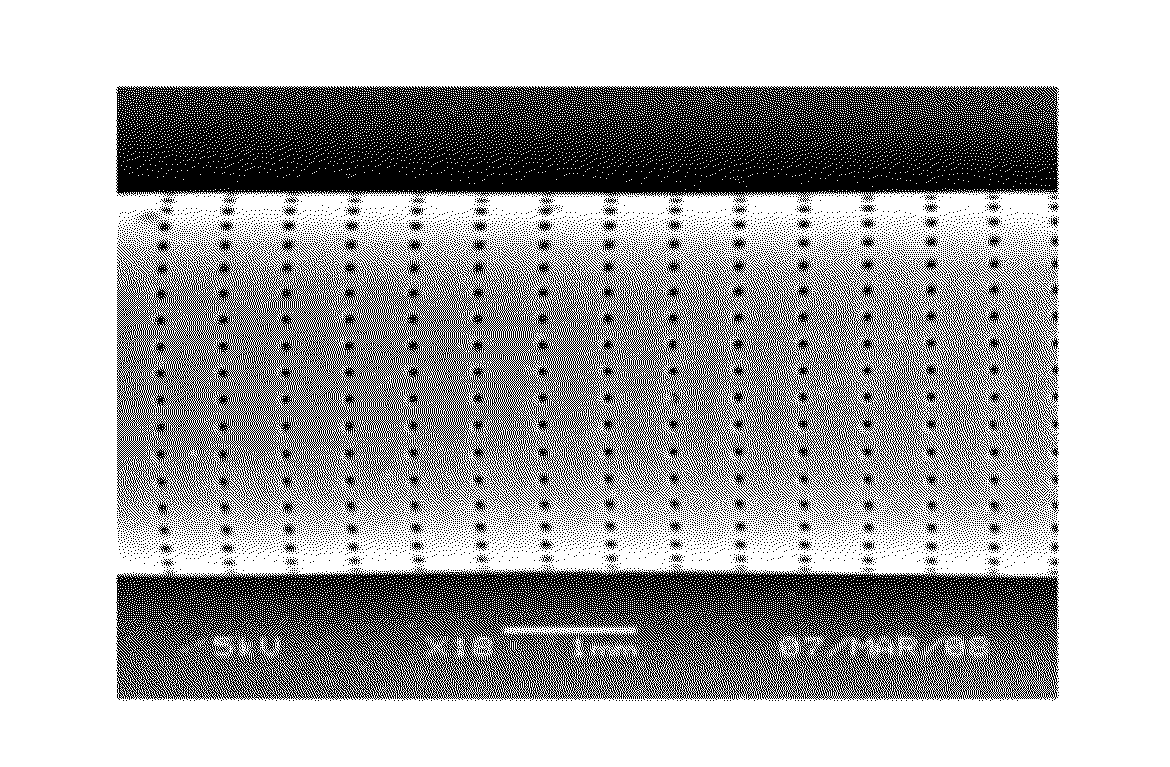Degradable removable implant for the sustained release of an active compound
a polymer device and active compound technology, applied in the direction of surgery, heterocyclic compound active ingredients, catheters, etc., can solve the problems of lag time between implantation and drug delivery, irregular release pattern, and no such system has been designed to deliver two or more drugs at the same tim
- Summary
- Abstract
- Description
- Claims
- Application Information
AI Technical Summary
Problems solved by technology
Method used
Image
Examples
example 1
[0075]A binder solution was prepared using poly(acrylic acid) (PAA) (Aldrich) of molecular weight 1.25 million kilodaltons. Three hydrogel solution concentrations were prepared using deionized water to dissolve the poly(acrylic acid). The concentrations were 5% (w / w), 0.5% (w / w), 0.25% (w / w). Although mixtures of microparticles were obtained with all 3 hydrogels, the mixture easiest to work with in terms of not being too viscous to make dispersion of microparticle in the hydrogel difficult and in terms of the hydrogel not being too runny for easy loading into the tube was the 0.5% (w / w). The pH of each hydrogel was measured using pH paper, the pH of the 5% hydrogel was between 2-3, the other two hydrogels measured 3.
[0076]The particle / hydrogel mixture can be prepared such that it is one part hydrogel and 2 parts microparticles and in this way minimizing the space in the tube that is required by the gel and maximizing the internal space for the microparticles. Microparticles composed...
example 2
[0081]A 3% (w / v) of carboxymethylcellulose (CMC; Hercules, 7H3SFPH) gel was prepared in PBS. When prepared in water the viscosity of the gel would be 3000-6000 cps. However the viscosity of the polymer drops by 2 / 3 when prepared in a salt solution due to its sensitivity to ionic strength and therefore does readily mix with the microparticles. Microparticles composed of 70% (w / w) TMC278 and 30% (w / w) poly(lactic co-glycolic acid) (PLGA) (DLG 5050 1A, Surmodics Pharmaceuticals, Birmingham, Ala.) were prepared using the spinning disc method. In short, a 4% (w / v) polymer solution was prepared in acetone. The disc speed and size were 9250 rpm and 7.62 cm, respectively. The feed rate was 45 g / min and the cone outlet temperature ranged from 45-48° C. The TMC278 was added into the PLGA solution and stirred for approximately 15-20 minutes before being fed into the disc. The particle size distribution was measured using a Malvern Mastersizer (Malvern Instruments, Worcestshire, UK). Results in...
example 3
[0086]A 0.5% (w / w) poly(acrylic acid) (Aldrich) gel was prepared in water and 400 mg of the gel was mixed with 960 mg of TMC278 particles. Microparticles were composed of 70% (w / w) of TMC278 and 30% (w / w) poly(lactic co-glycolic acid) (DLG 5050 1A, Surmodics Pharmaceuticals, Birmingham, Ala.) and prepared according to the procedure described in Example 1 and 2). The particle size distribution of the microparticles was measured as described above; d10 was 29, d50=48 and d90 was 68 microns. The mixture was packed into a poly(dioxanone) tube which was prepared according to the procedure described in Example 2. The tube was perforated using laser technology as described above. The tube was 30 mm long, 5 mm sections from each edge were unperforated. The perforations in the 30 mm length in the middle section were arranged in 40 rows of holes and 2400 holes per row. The diameter of each hole was 50 microns. The mass of the tube before filling was 102.01 mg. The mass of the tube after filli...
PUM
| Property | Measurement | Unit |
|---|---|---|
| Fraction | aaaaa | aaaaa |
| Fraction | aaaaa | aaaaa |
| Temperature | aaaaa | aaaaa |
Abstract
Description
Claims
Application Information
 Login to View More
Login to View More - R&D
- Intellectual Property
- Life Sciences
- Materials
- Tech Scout
- Unparalleled Data Quality
- Higher Quality Content
- 60% Fewer Hallucinations
Browse by: Latest US Patents, China's latest patents, Technical Efficacy Thesaurus, Application Domain, Technology Topic, Popular Technical Reports.
© 2025 PatSnap. All rights reserved.Legal|Privacy policy|Modern Slavery Act Transparency Statement|Sitemap|About US| Contact US: help@patsnap.com



